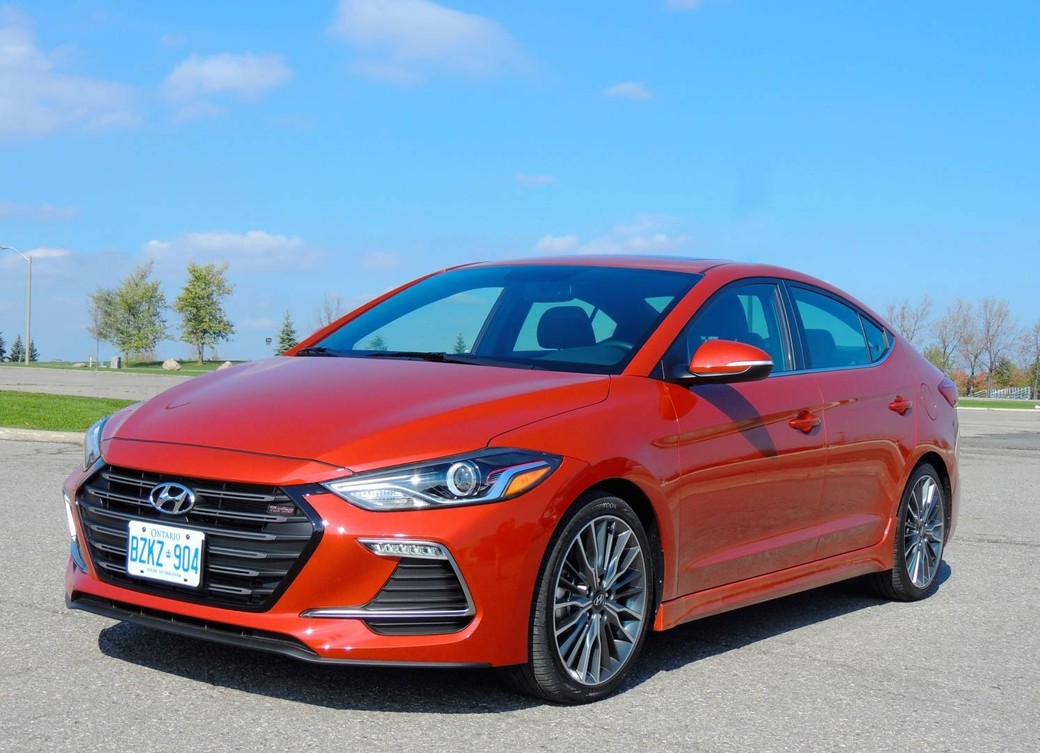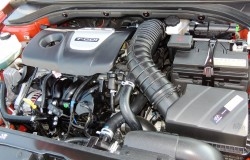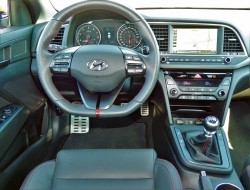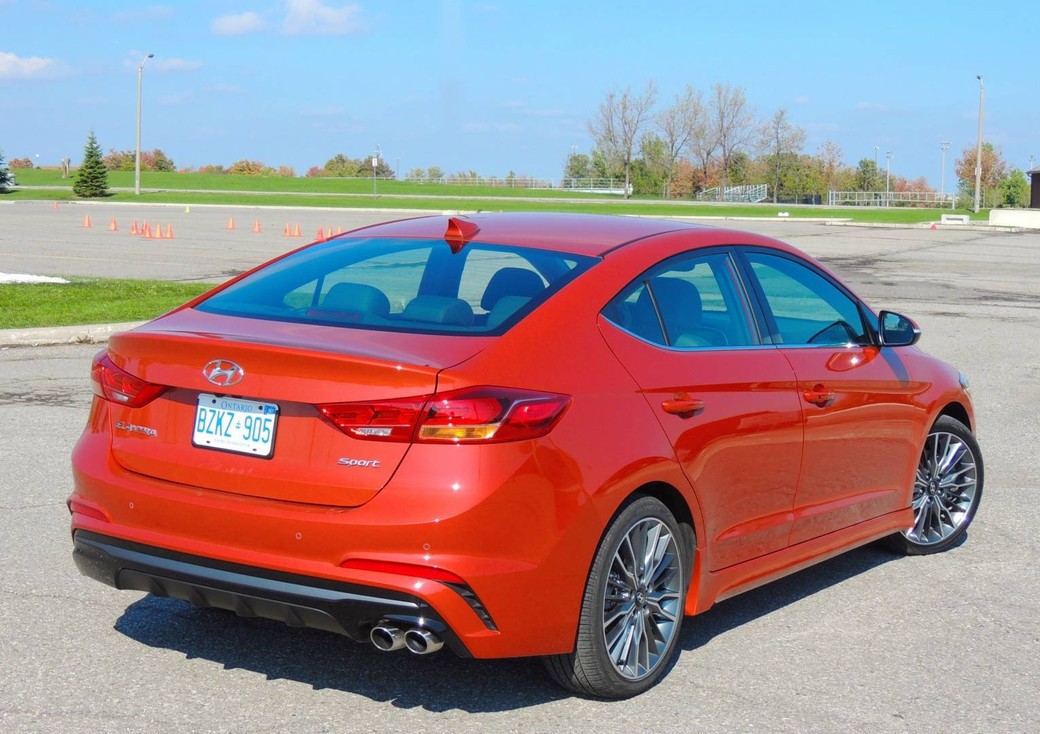
Turbo Four Gives Elantra Big Boost in Power
So far I have avoided Pokémon GO.
Sure I’ve been guilty of other geekiness – just ask my friends. But the notion of wandering the neighbourhood like a lost tourist to find a bunch of virtual characters, isn’t particularly riveting.
So when Hyundai’s PR team said we’d be doing something similar – a ‘geocaching’ exercise – I may have rolled my eyes just a little.
Geocaching predates Pokémon GO, and begins with a download that maps nearly 2 million caches worldwide. Using GPS, it’s a virtual scavenger hunt for small boxes and containers – some as tiny as a thimble.
Our group of journos set out to find 12 of these in a fleet of Elantras. Using turn-by-turn directions, we’d stop at each location, and then like the Poke-nerds I scorned, began peering behind trees and signs, under benches and even beneath a World War II artillery cannon – hidden behind camo tape.
Yeah, I missed that one.
Our group probably aroused suspicion among local farmers and townsfolk, but the event was more fun than expected.
It was also an opportunity for more seat time in the 2017 Elantra.
I recently reviewed Hyundai’s all-new compact sedan, currently their top-selling vehicle.

Its crisper, more mature styling with bolder grille and sporty front facia had impressed me as raising the bar yet again in this highly competitive segment. Ditto when it comes to content.
Heated steering wheel, seven-inch touchscreen and rearview camera come with the third-rung GL model ($20,349), and push-button start, sunroof, hands-free trunk, dual-zone climate and heated rear seats are one step up in GLS ($22,699).
Limited ($27,099) gets the larger eight-inch touchscreen with eight-speaker Infinity audio, power driver’s seat with memory, rear parking sensors and leather seating surfaces.
The newly-launched SE model ($23,999) also receives the latter, and could be nicknamed the “Safety Edition” with its suite of driver aids like autonomous emergency braking (with pedestrian detection); forward collision warning, lane departure warning, lane keeping assist, and adaptive cruise control.
My interest that day was piqued by the equally new Sport model.
Differences with other upper-trim models aren’t striking, but they do impart a more aggressive look. There’s a unique black chrome grille with Turbo badging, horizontal LED running lights, more aggressive side sill extensions and twin chrome tip exhausts.
Unique 18-inch alloys with Hankook ultra high-performance tires add to the Sport’s more purposeful look.

Inside too, there are several styling upgrades: flat-bottomed steering wheel with available paddle shifters, “sport” instruments with red needles, more aggressive bolstering in the red-stitched sport seats, and alloy pedals.
More importantly, there’s a significant boost in power.
The current Elantra powertrain is a fuel-efficient DOHC 2.0-litre 16-valve four cylinder that produces 147 hp and 132 lb/ft.
With six-speed automatic, it is rated at 8.3/6.4/7.4 litres/100 km (city/hwy/comb), and provides the kind of modest acceleration you’d expect in this segment.
More potent – and fun – is the Sport’s turbocharged 1.6-litre inline four (with gasoline direct injection) that delivers 201 hp and 195 lb/ft of torque coming in at a low 1,500 rpm.
The base model at $24,999 gets a six-speed manual transmission, with a seven-speed dual clutch available for $1,500 more.
It is equipped with most, but not all, of the GLS features, with Sport Tech models ($27,499/$28,999) adding more premium content.
I didn’t get much time in the Sport, other than to do a few laps of an autocross course. I won’t get into my success (or lack of), but will note the upgraded suspension – now multilink in rear with stabilizer bar and higher spring rates front/back – along with better damping and tighter steering, make this Elantra a significantly better handler.
And it sounds nice too, thanks to intake and muffler tuning.
After carving my way through the pylons, and taking it to higher speeds each time, I realized a proper week-long test was in order. Look for it here in the coming months.
In this new model, Hyundai has landed upon a much-needed alternative for compact buyers. In addition to the upmarket equipment now available in this segment, Sport increases the “fun factor” without a big hit to the wallet.
It’s about making family practicality more attractive to those who still like to drive. On that note, I suspect Hyundai may sell quite a few.

SNAPSHOT: 2017 Hyundai Elantra Sport
BODY STYLE: compact sedan
ENGINE: turbocharged 1.6L DOHC 16-valve four cylinder with gasoline direct injection (201 hp, 195 lb/ft)
TRANSMISSION: 6-speed manual or 7-speed DCT
FUEL ECONOMY: DCT – 8.9/7.0 litres/100km, 6-speed 10.7/7.8 litres/100km
CARGO: 407 litres
PRICING: base with 6-spd manual $24,999; with 7-spd DCT $26,499; Sport Tech with 6-spd manual $27,499; with 7-spd DCT $28,999
WEBSITE: hyundaicanada.com









